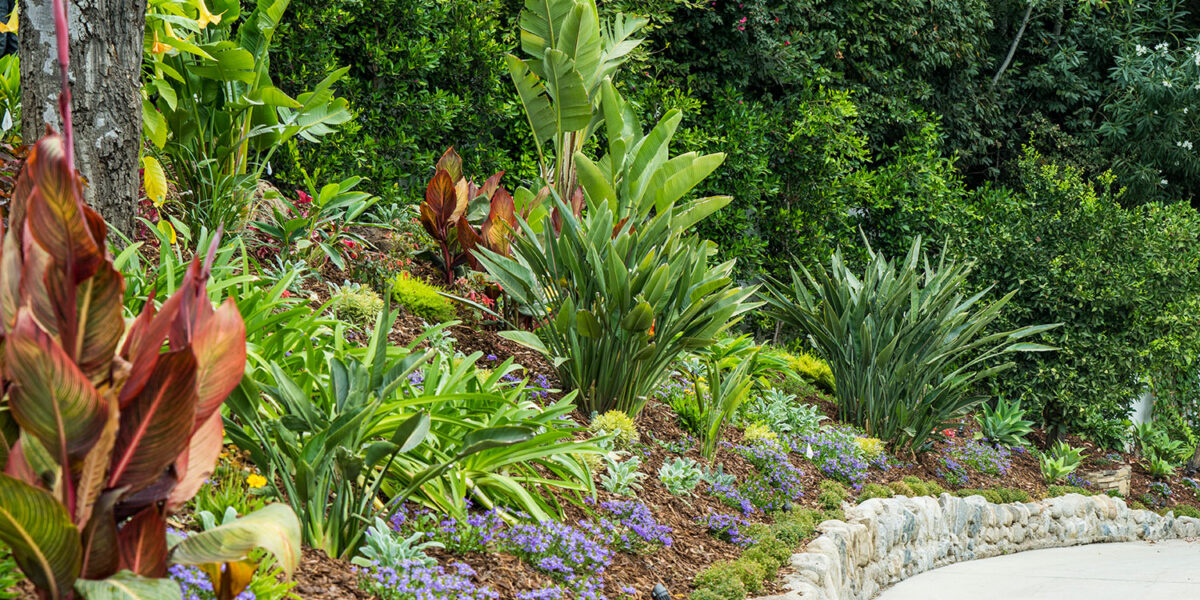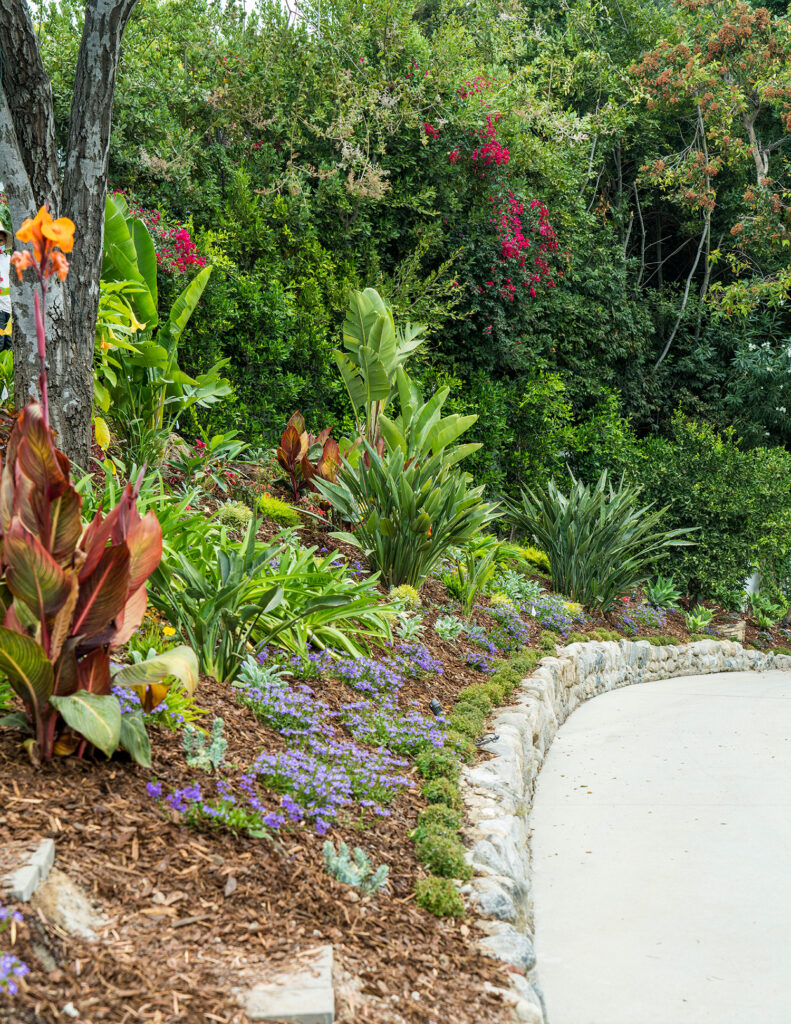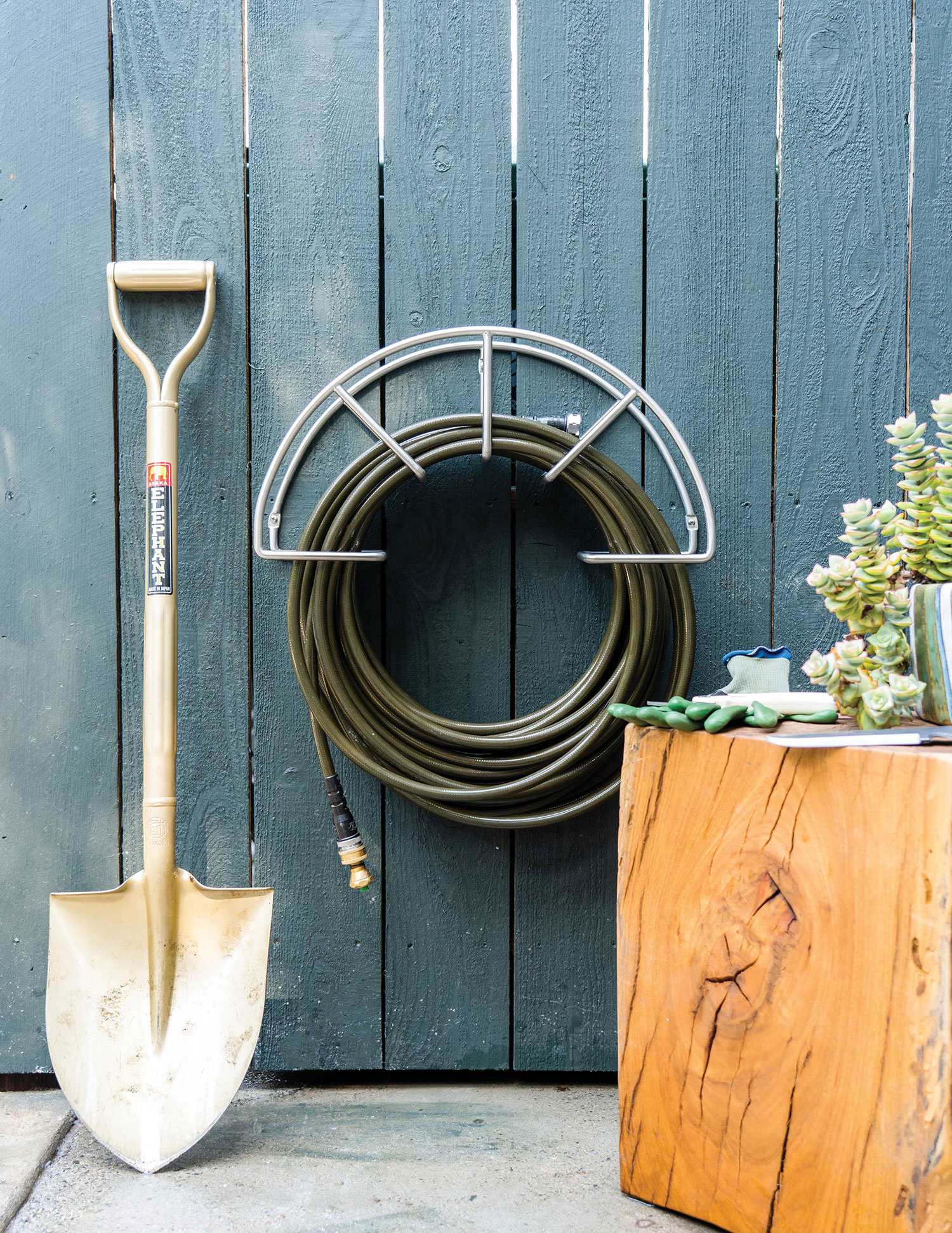
The Number One Garden Task You Can’t Skip This Spring (And How to Do It Right)
Want a lush, thriving garden this year? Don’t skip this step.

Thomas J. Story
After months of winter rain, dry spells, or even snow, your soil needs a little love before it can support vibrant plants. Whether you’re growing a vegetable patch, a drought-tolerant landscape, or a native wildflower meadow, healthy soil is the foundation of success. Revitalizing your soil is the single best investment you can make in your garden this spring. With just a little prep—some compost, aeration, and smart watering—you’re setting the stage for stronger plants, bigger harvests, and a landscape that thrives even in the toughest Western climates. Here’s how to wake up your soil this spring—and set yourself up for a season of effortless growth.
1. Test Your Soil

Kristin Guy
Why it matters: Before you start tossing in compost or fertilizers, it’s essential to know what your soil actually needs. A soil test can reveal pH imbalances, nutrient deficiencies, and even excess salts—especially common in arid Western climates.
How to do it: Pick up a DIY test kit from your local garden center for a quick read on pH and basic nutrients. For a more detailed analysis, send a sample to your local extension office or a trusted lab for tailored recommendations on how to adjust your soil’s pH and nutrient levels.
2. Loosen and Aerate Compact Soil

Thomas J. Story
Why it matters: Rain, foot traffic, and time can leave your soil dense and compacted—bad news for roots that need air, water, and nutrients to move freely. Overly compacted soil leads to poor drainage and weak plants.
How to do it: Use a digging fork or broadfork to gently loosen the soil, making sure not to over-till and disrupt the natural structure. For high-traffic areas, aerate with a core aerator or garden fork to break up dense patches and improve root access to air and water.
3. Feed the Soil, Not Just the Plants
Why it matters: Fertilizers feed plants, but compost feeds the soil itself—building a long-term nutrient bank that supports healthier, more resilient plants all season long.
How to do it: Mix a few inches of compost or aged manure into the top layer of your soil before planting. You can also incorporate worm castings for an additional nutrient boost, and opt for slow-release organic fertilizers to nourish the soil and plants over time.
4. Mulch Smartly for Moisture & Weed Control

Thomas J. Story
Why it matters: In the West, where water conservation is a priority, mulch is a garden’s best friend. It locks in moisture, prevents weeds, and keeps soil temperatures stable as spring days warm up.
How to do it: Spread 2–3 inches of mulch around your plants, using materials like shredded bark, straw, or wood chips. Keep the mulch a few inches away from plant stems to avoid rot, and use compost or leaf mulch for vegetable beds, as they break down and add nutrients to the soil.
5. Boost Beneficial Microbes with Natural Amendments
Why it matters: Healthy soil is alive with microbes that help break down organic material and improve plant health. The more biodiverse your soil, the stronger your plants will be.
How to do it: To encourage beneficial microbial activity, add compost tea, mycorrhizal fungi, or biochar to your soil. These natural amendments will improve the soil structure and provide long-term health benefits for your plants, ensuring they thrive without synthetic fertilizers.
6. Choose Cover Crops or Green Manure for Long-Term Soil Health

Thomas J. Story
Why it matters: Cover crops improve soil structure, add nutrients, and reduce erosion—especially helpful in regions with heavy spring rains or dry, windy conditions.
How to do it: If you planted cover crops like clover or fava beans in the fall, chop them down and incorporate them into the soil to enrich it. If your beds are still empty, sow a quick-growing cover crop like buckwheat to build up organic matter and prevent soil erosion before you start planting.
7. Water Wisely to Activate Nutrients

Thomas J. Story
Why it matters: Spring watering isn’t just about hydration—it helps distribute nutrients and jumpstarts microbial life. But in the West, where water is precious, efficiency is key.
How to do it: Water deeply and infrequently, either early in the morning or late in the evening, to minimize evaporation. Drip irrigation or soaker hoses are the best options for deeply watering your garden without wasting water, ensuring nutrients reach the roots where they’re needed most.
8. Avoid Synthetic Fertilizers & Over-Tilling
Why it matters: Chemical fertilizers may give plants a quick boost, but they don’t build long-term soil health—and they can contribute to nutrient runoff and environmental damage. Over-tilling, meanwhile, disrupts soil structure and harms beneficial organisms.
How to do it: Choose organic, slow-release fertilizers to feed the soil naturally, and stick to no-dig methods where possible. Layer compost and mulch on top of the soil to build up its fertility without disturbing its structure, and rotate crops in vegetable beds to avoid depleting the soil and to reduce pest problems.
